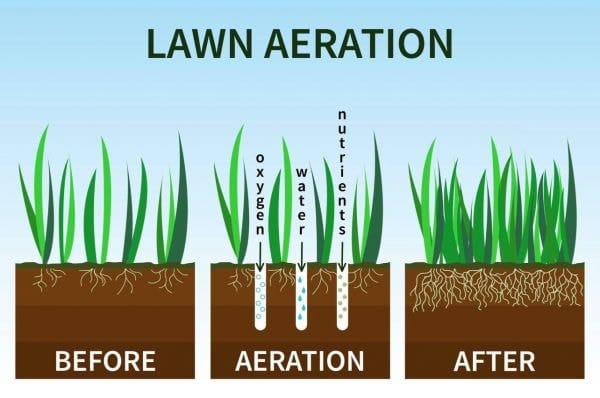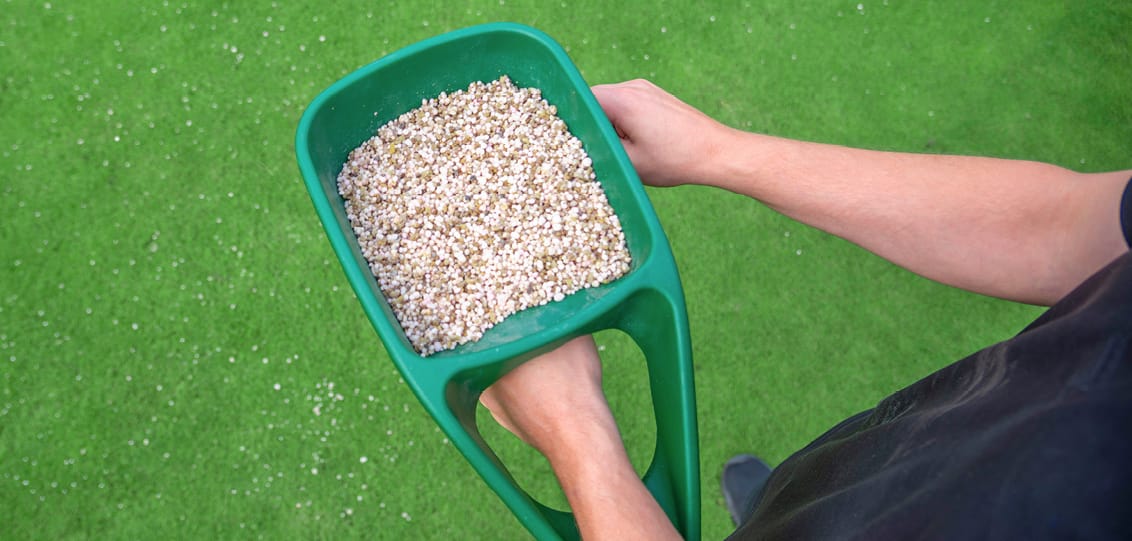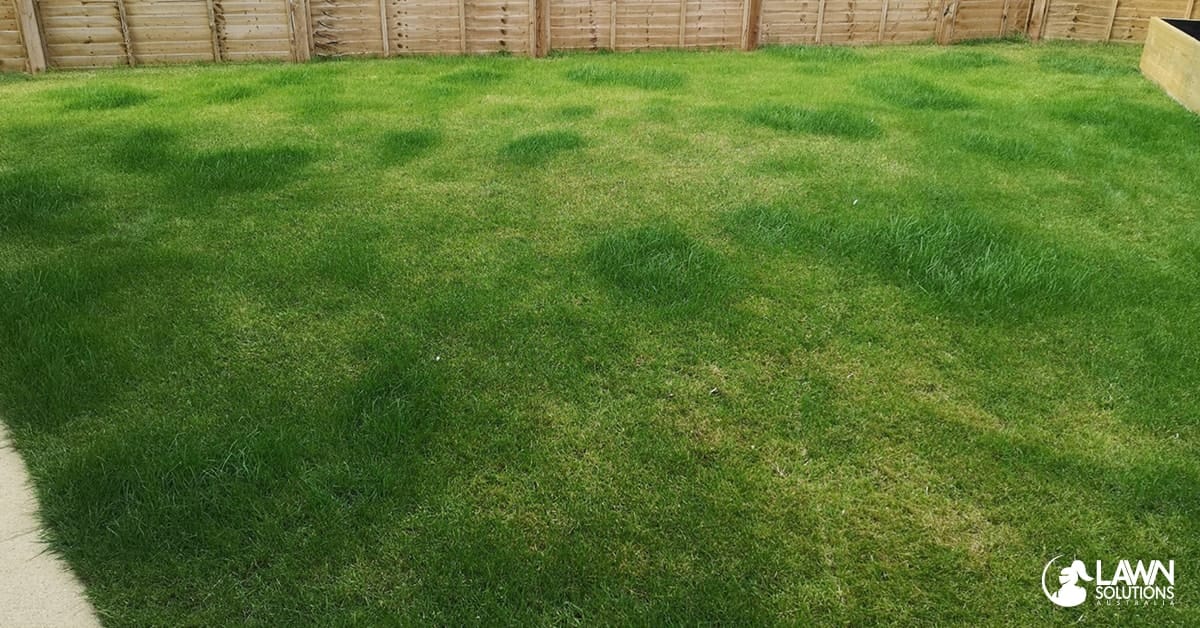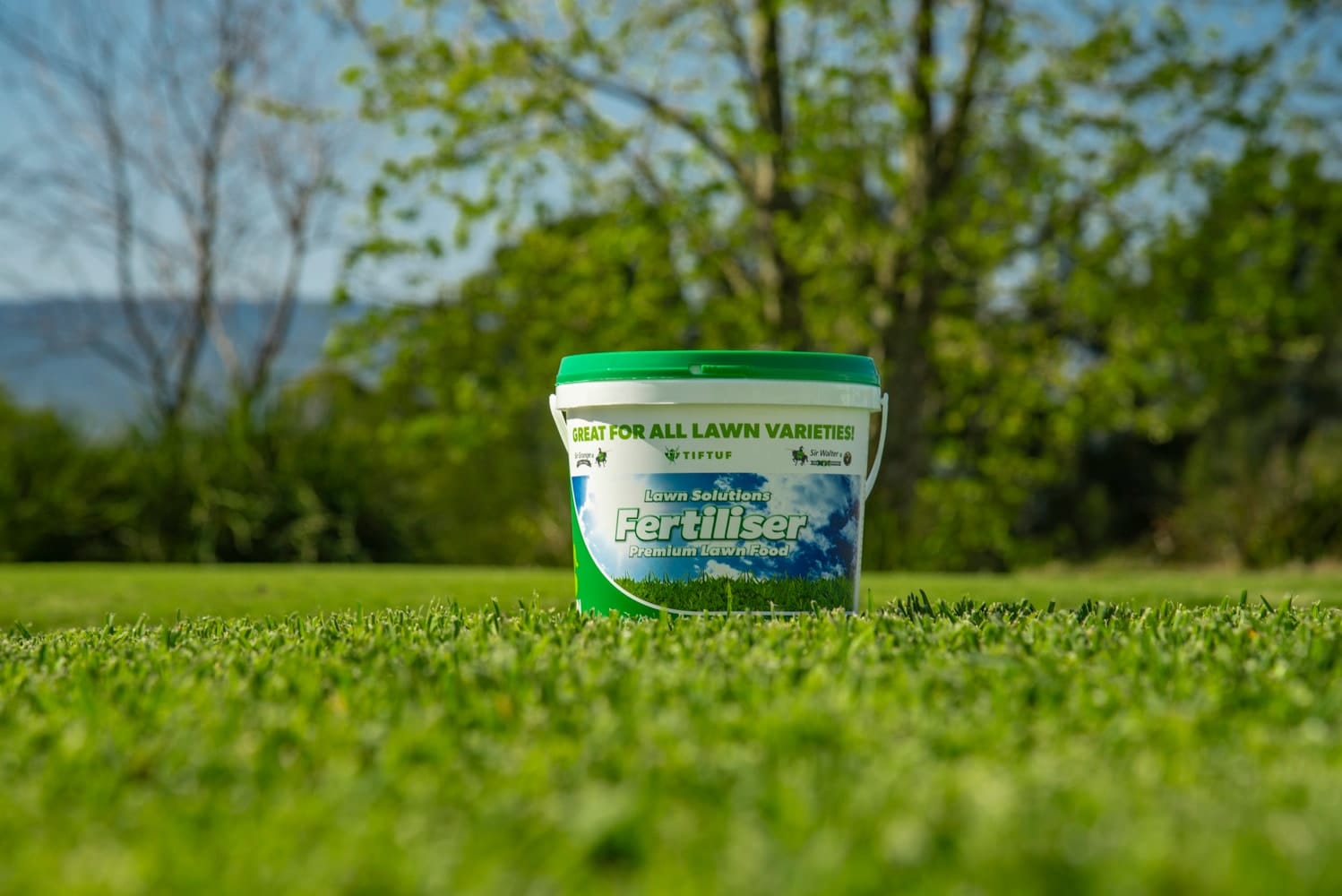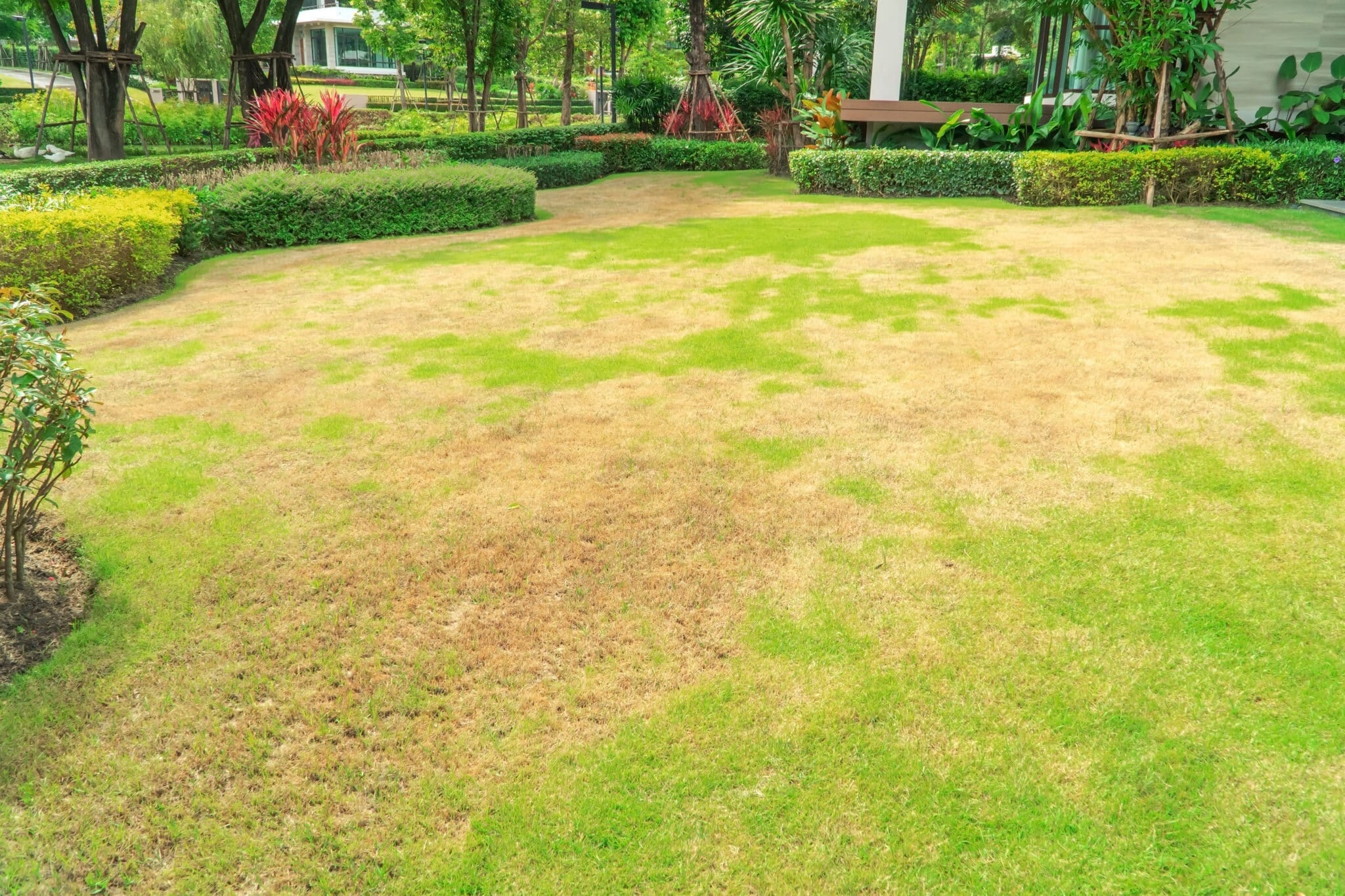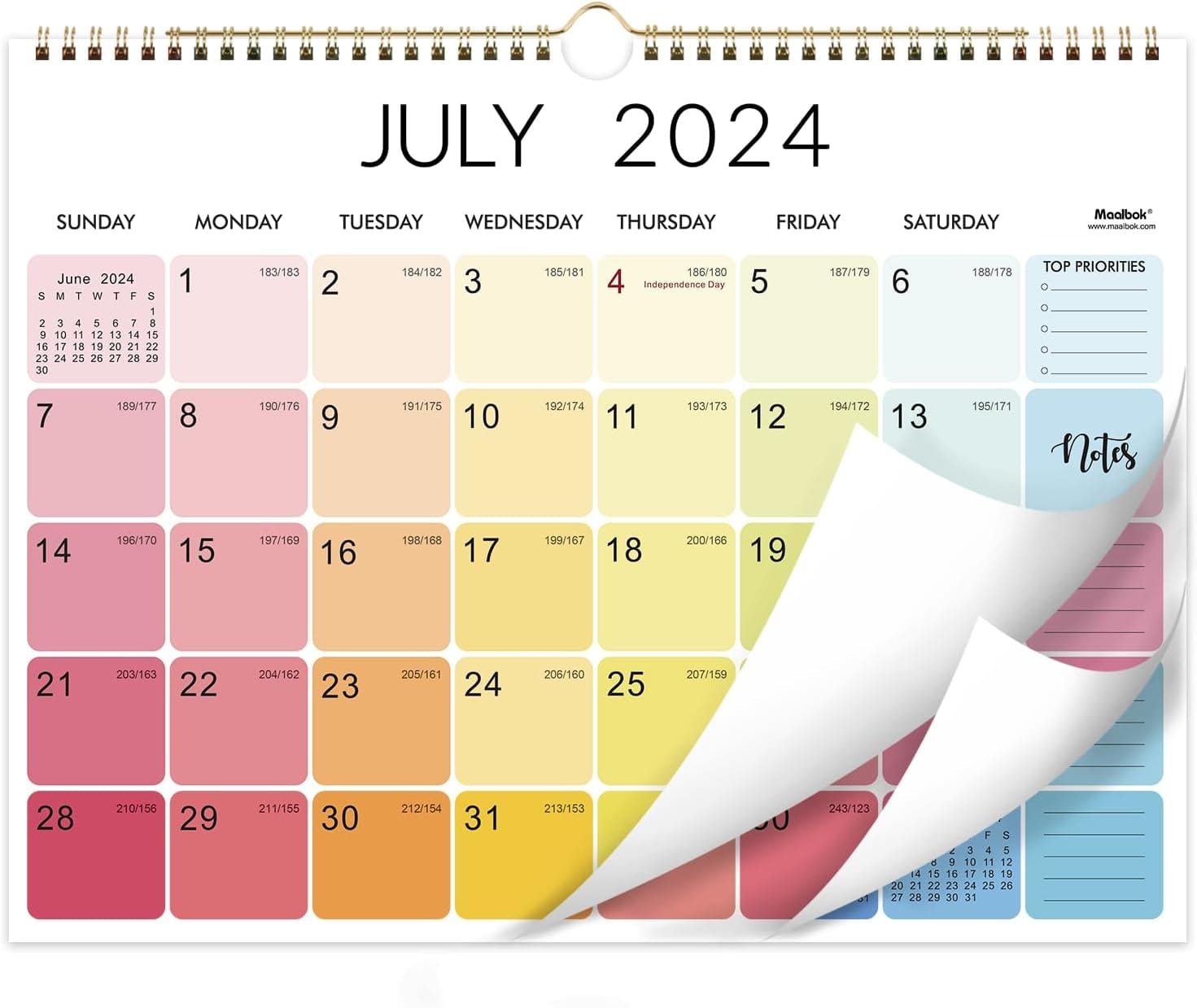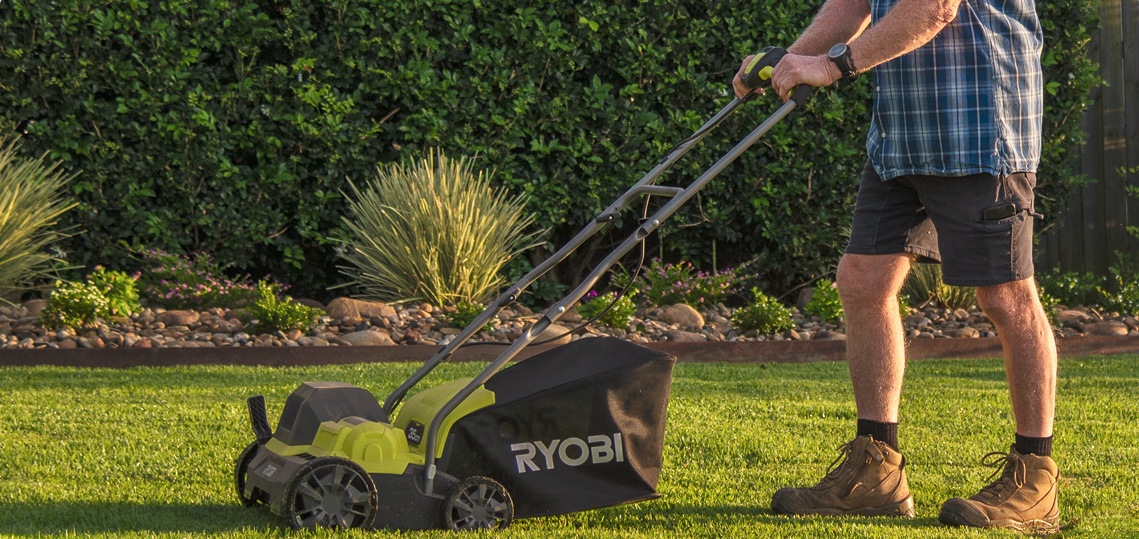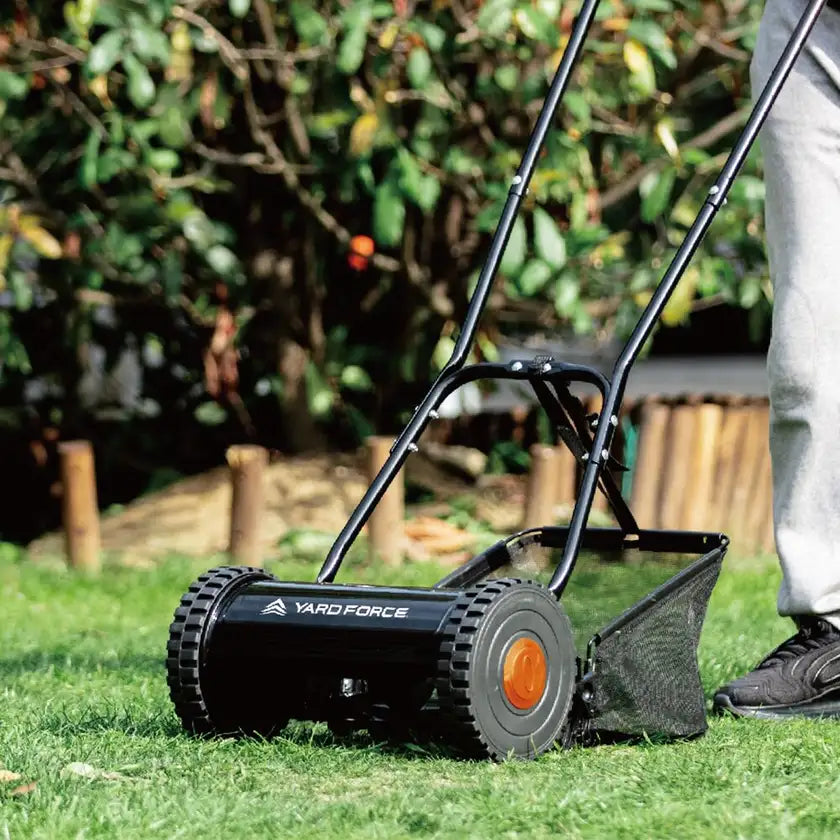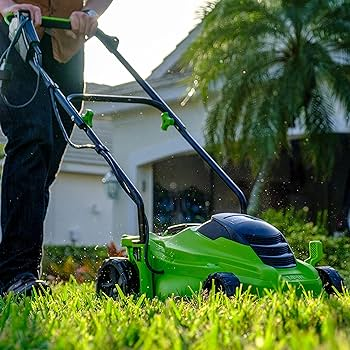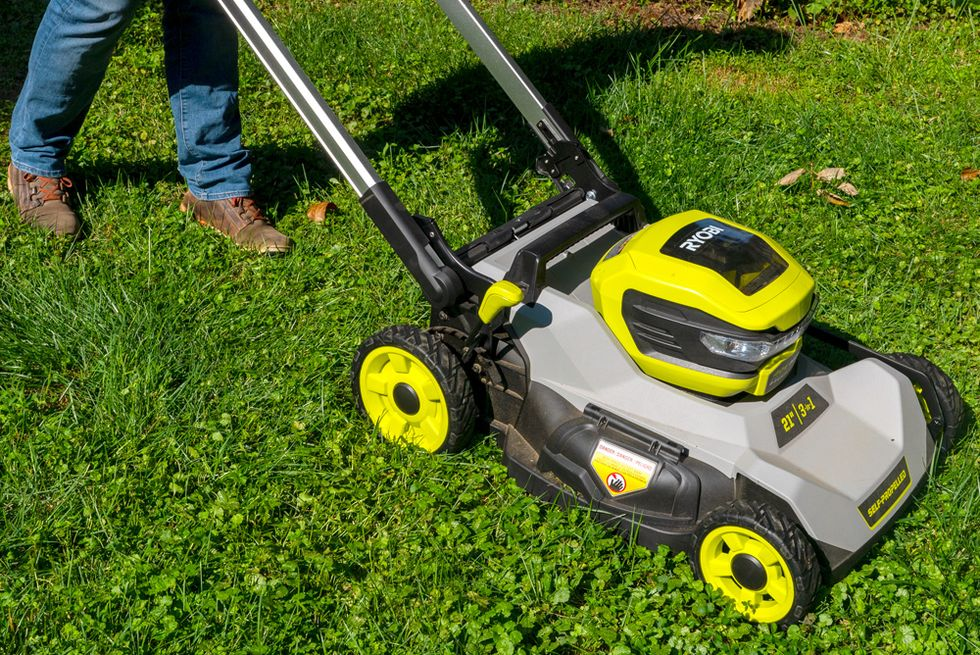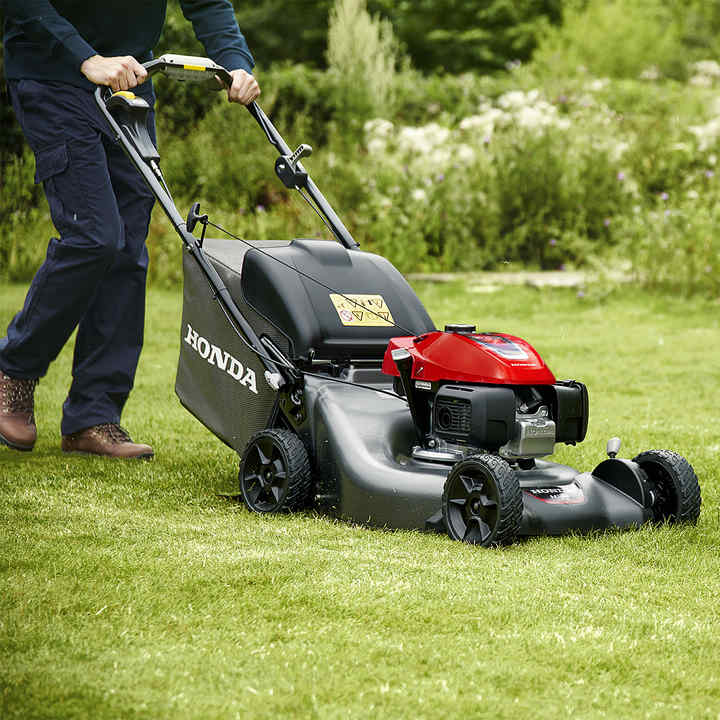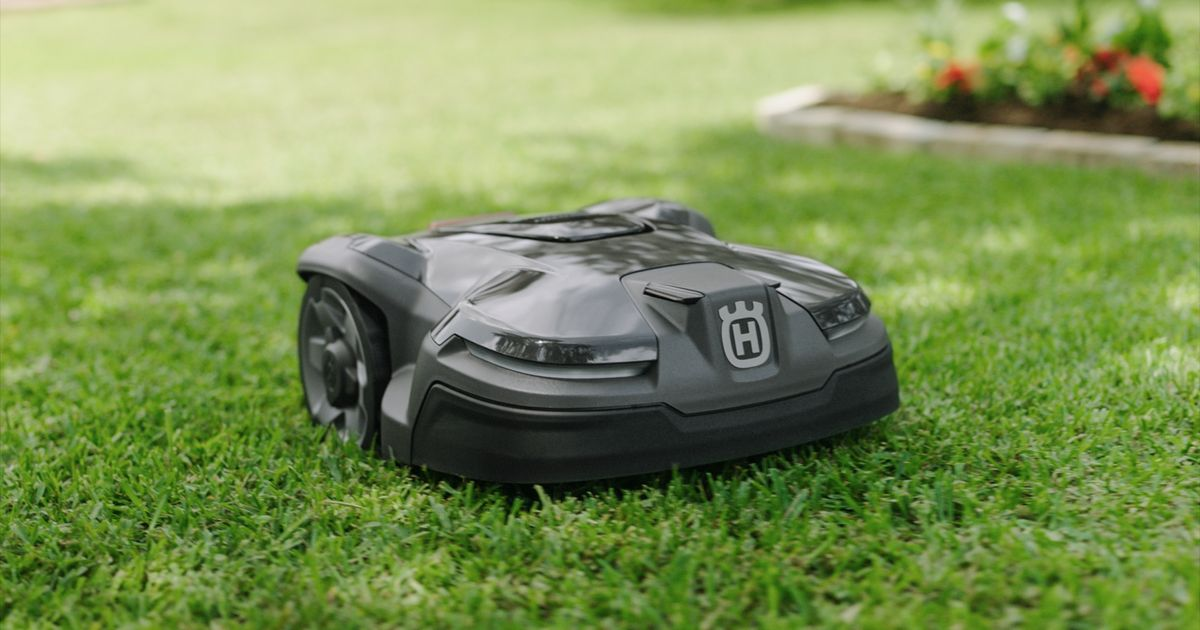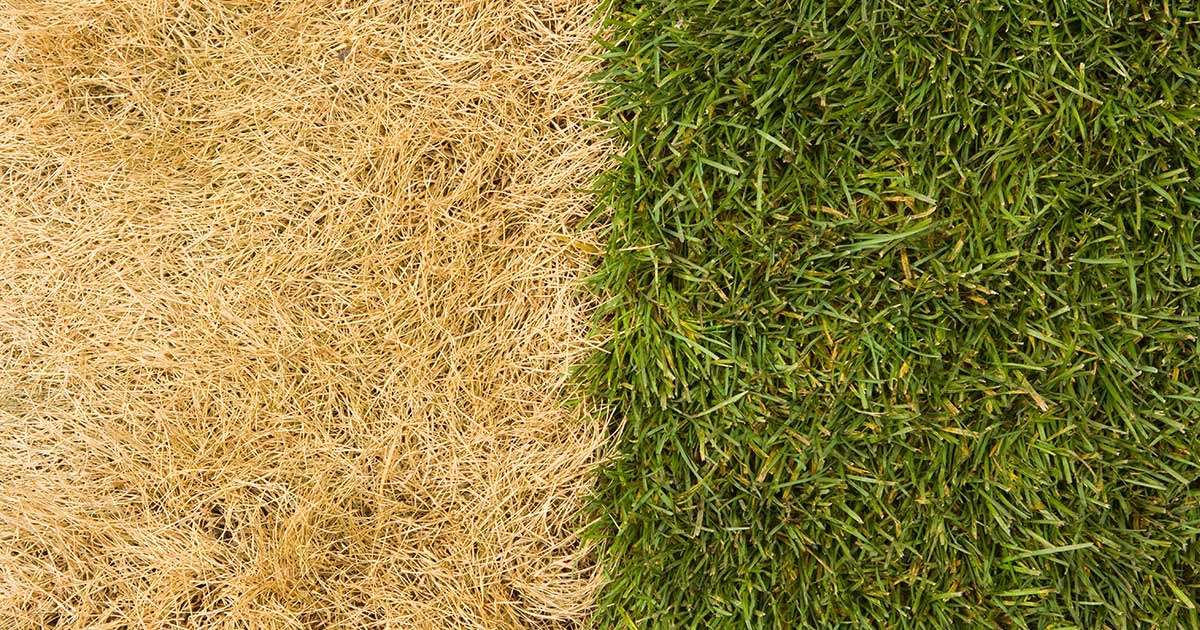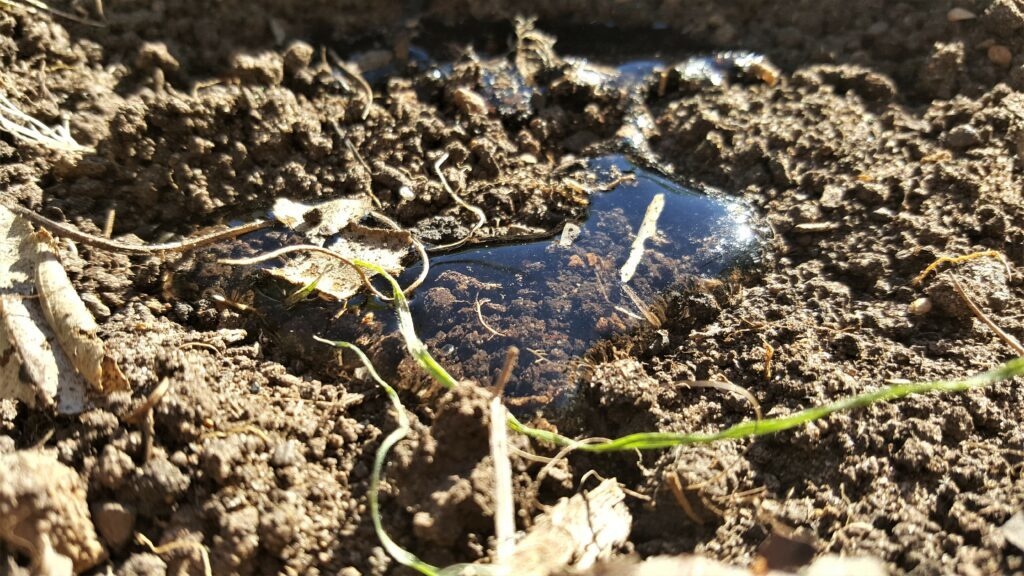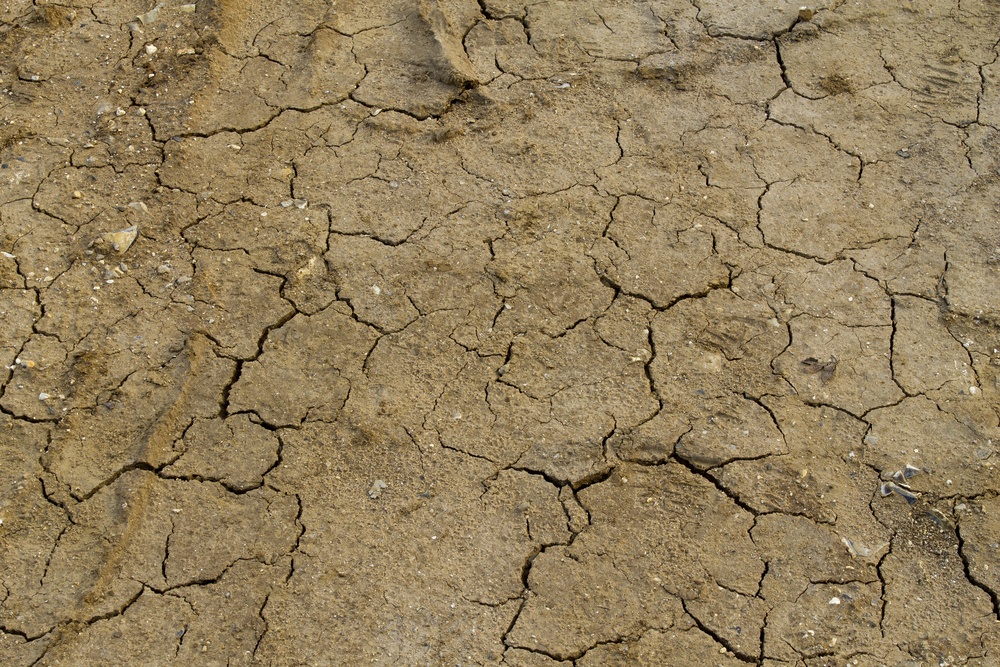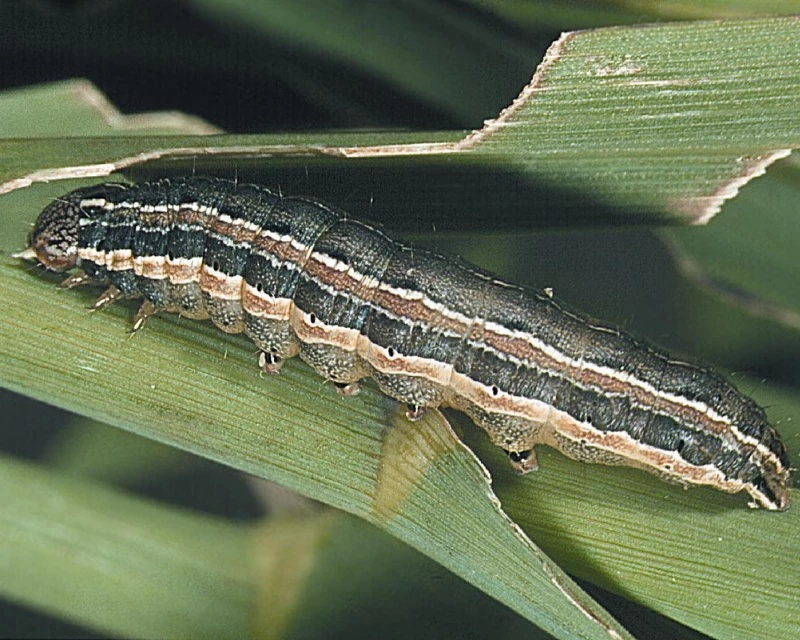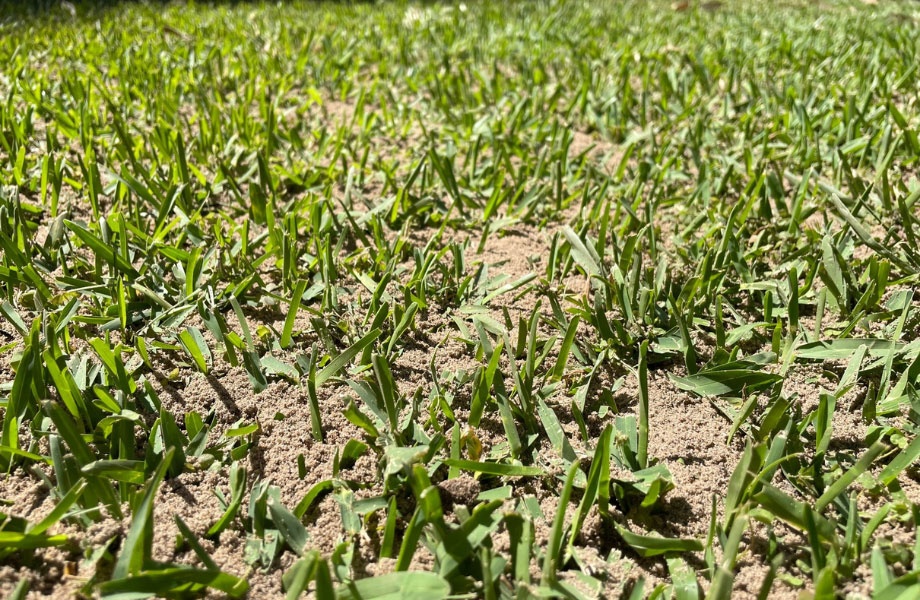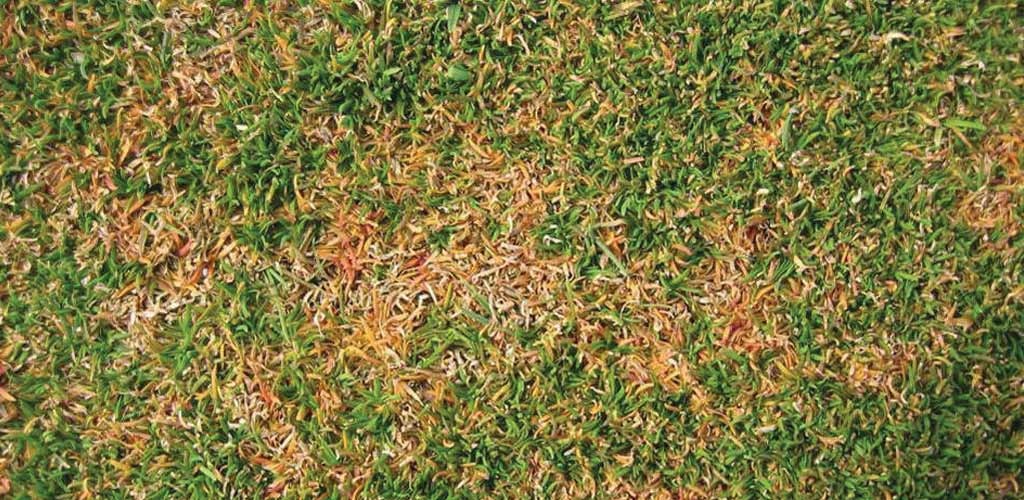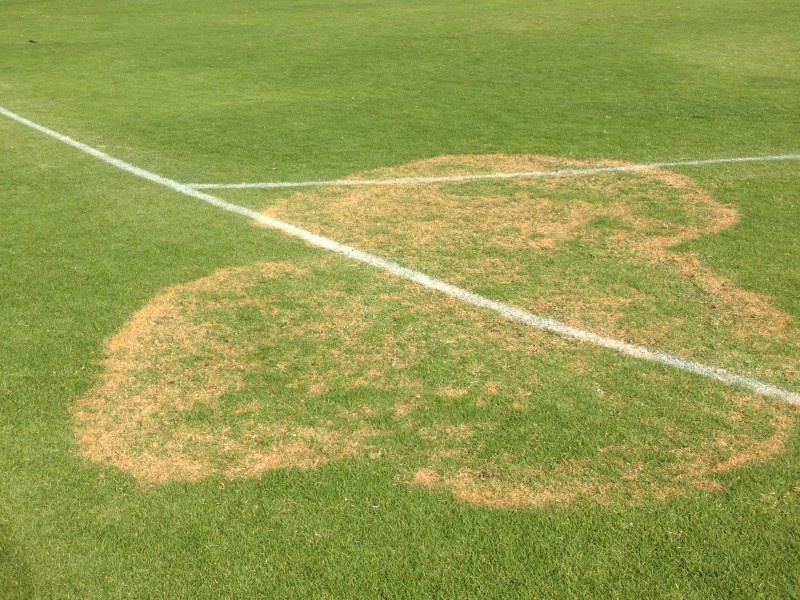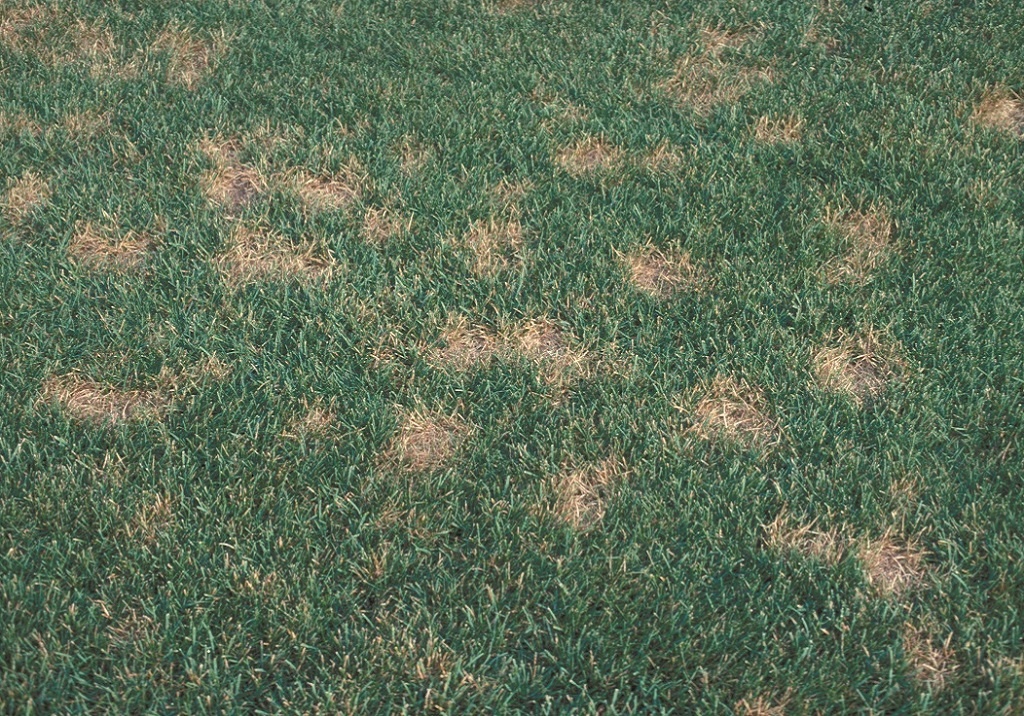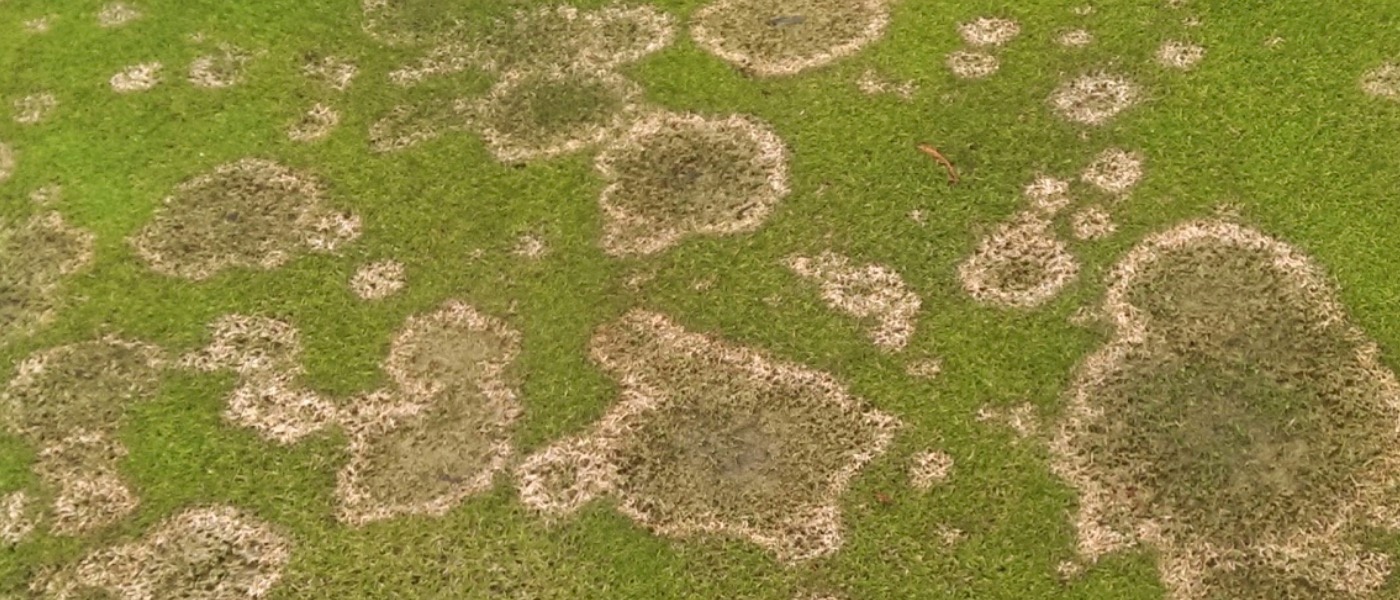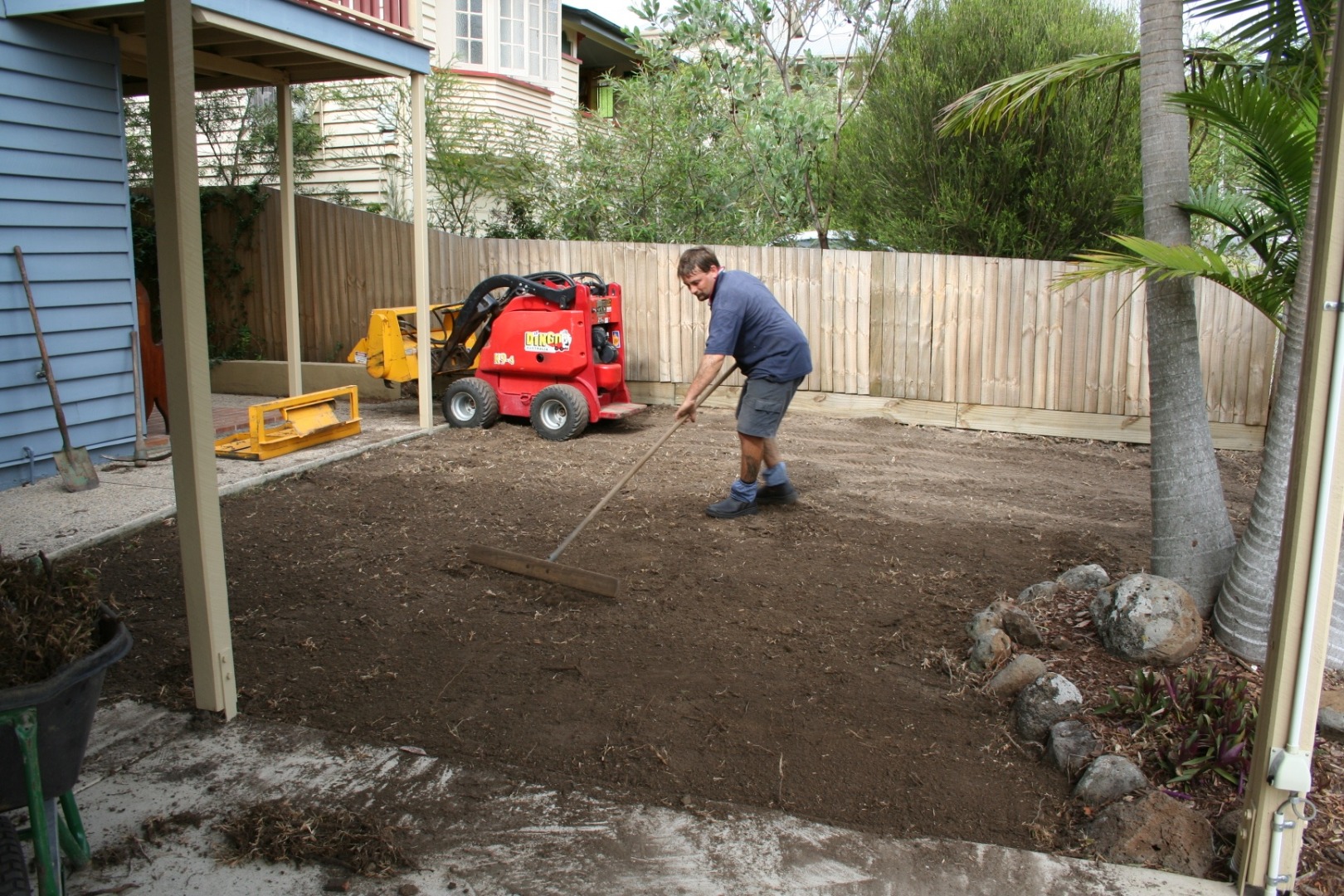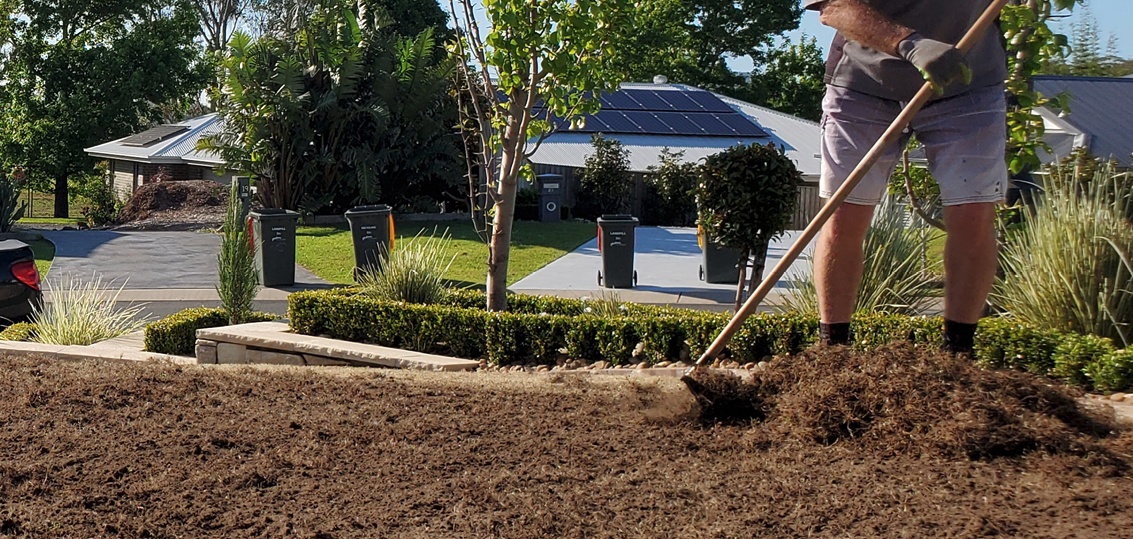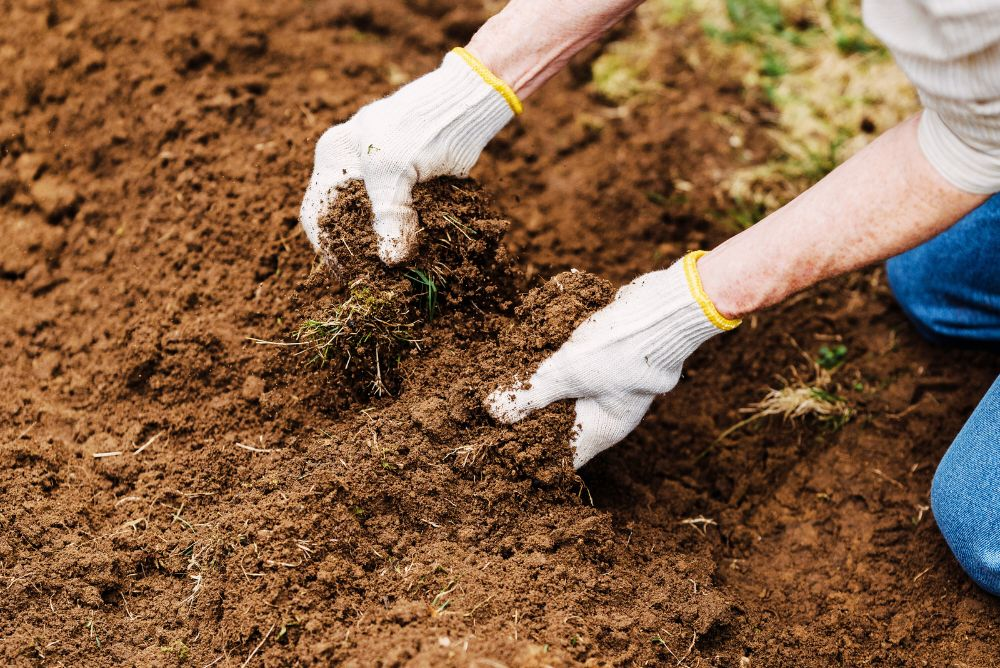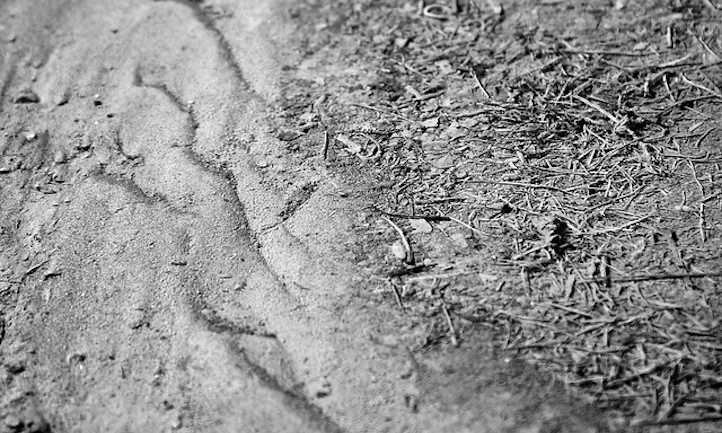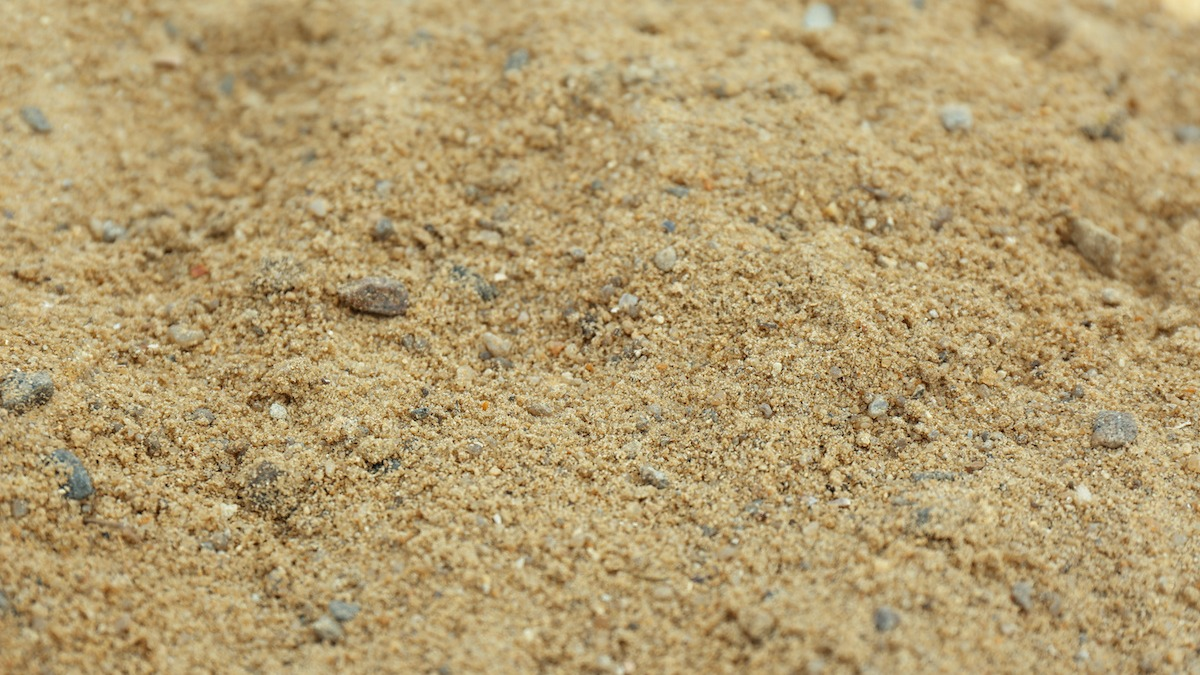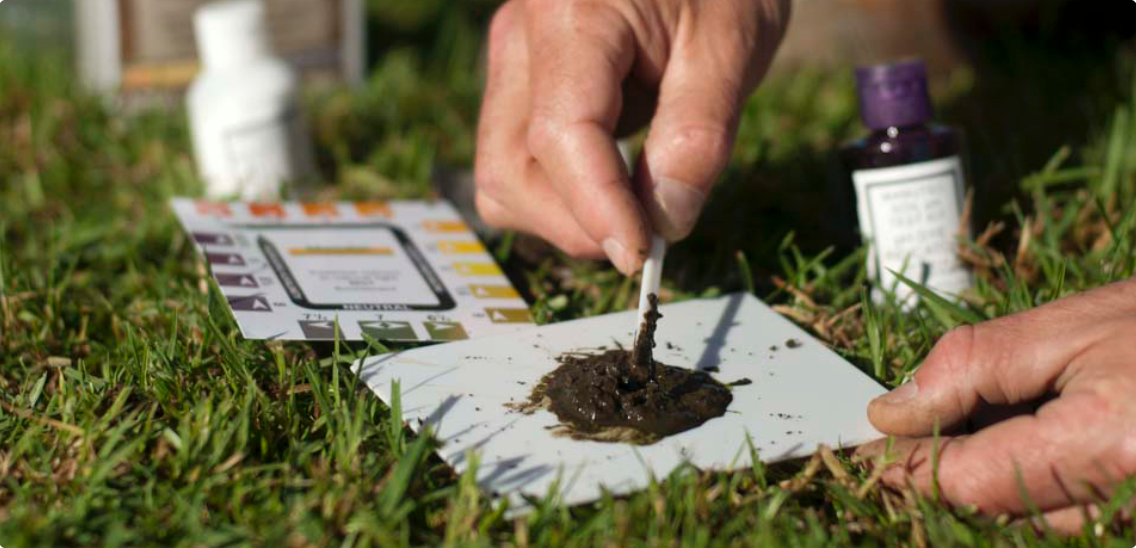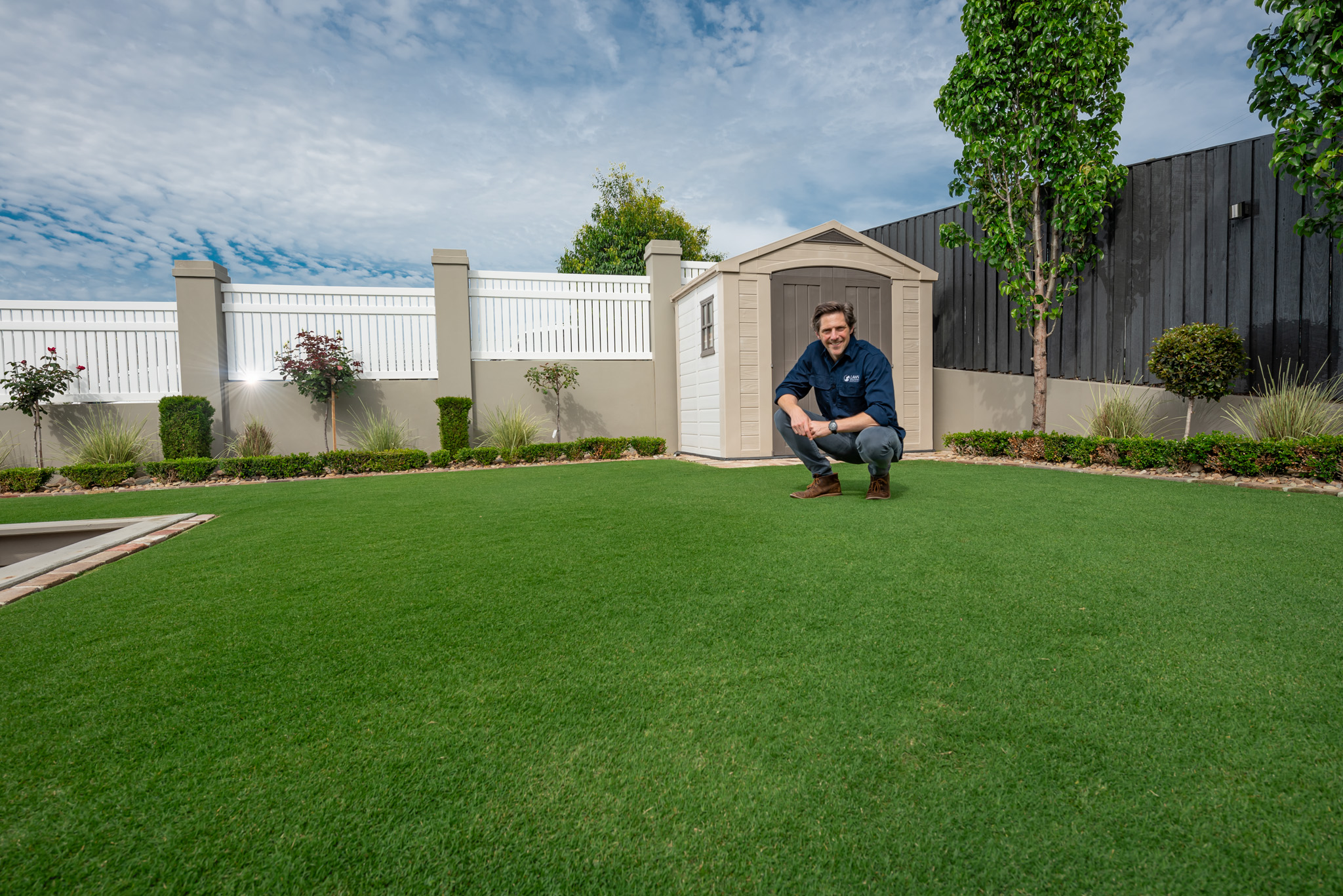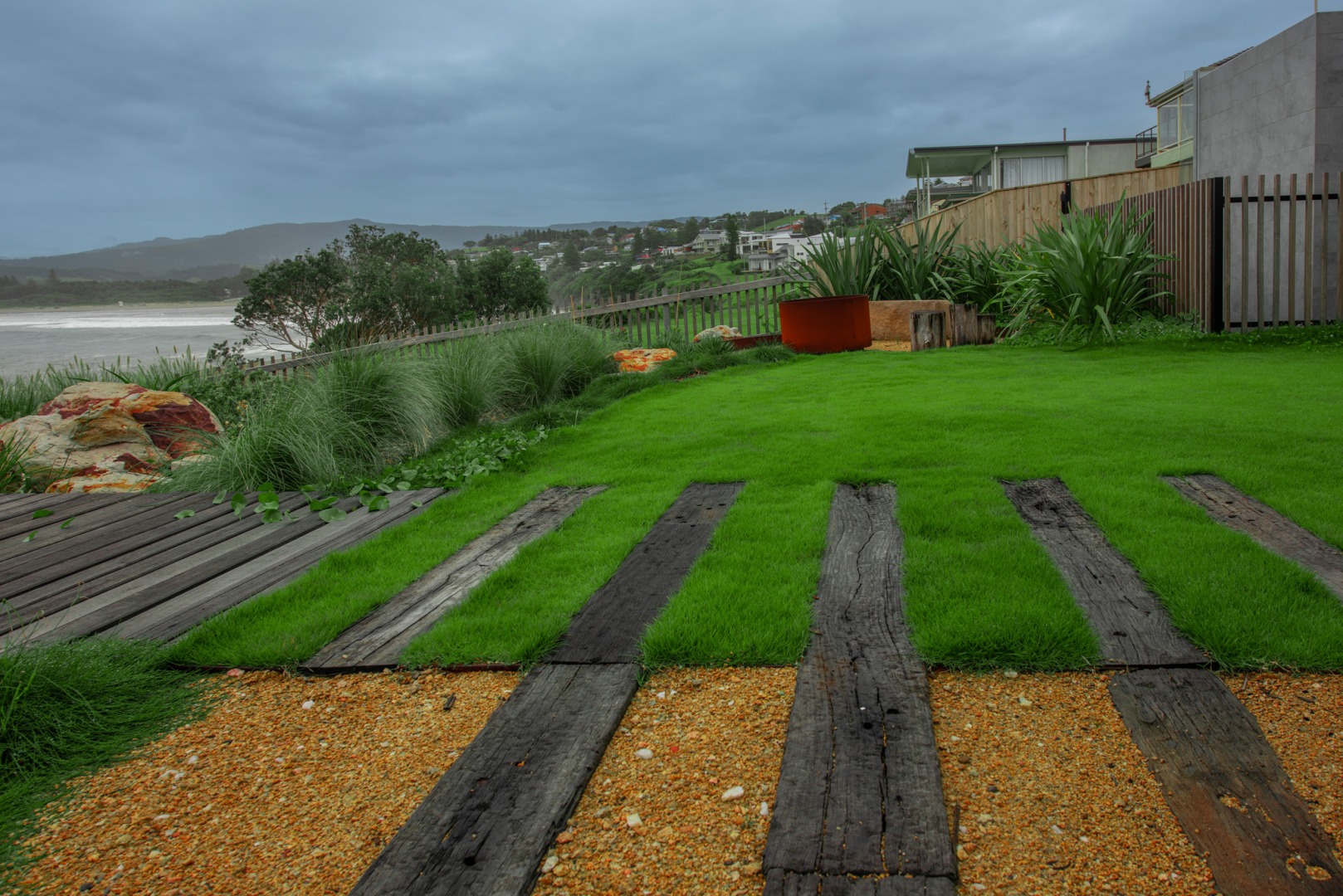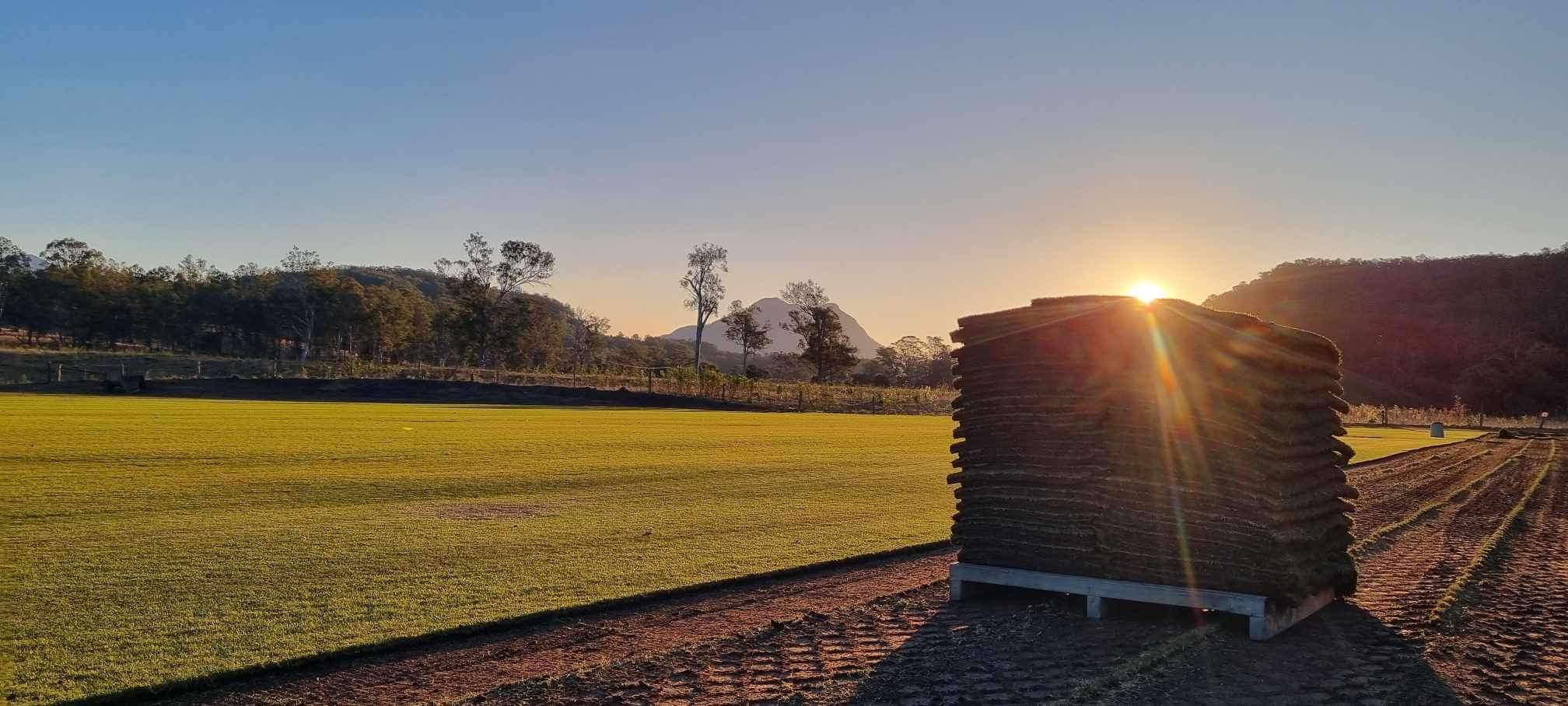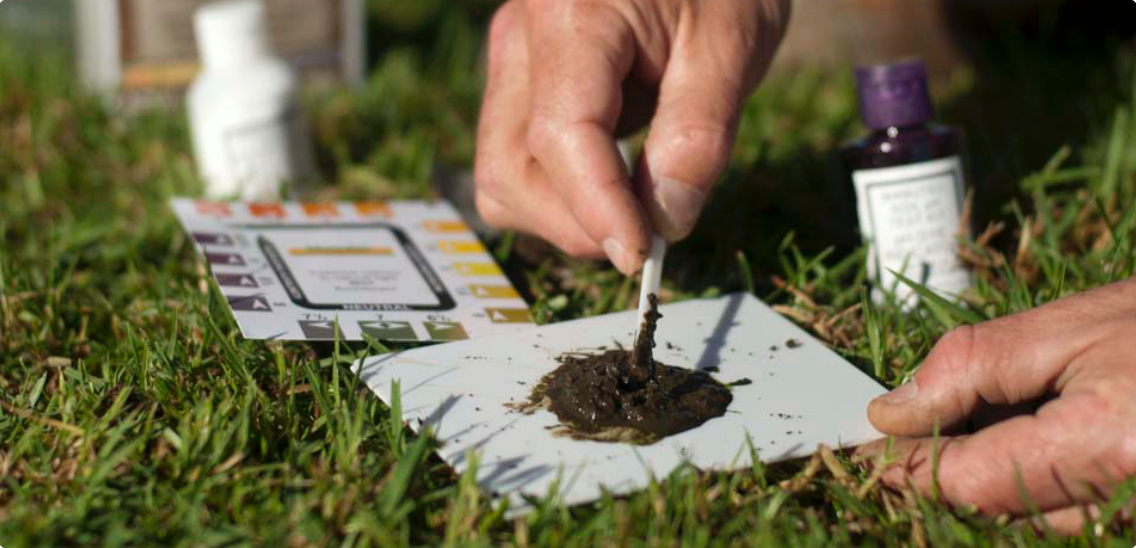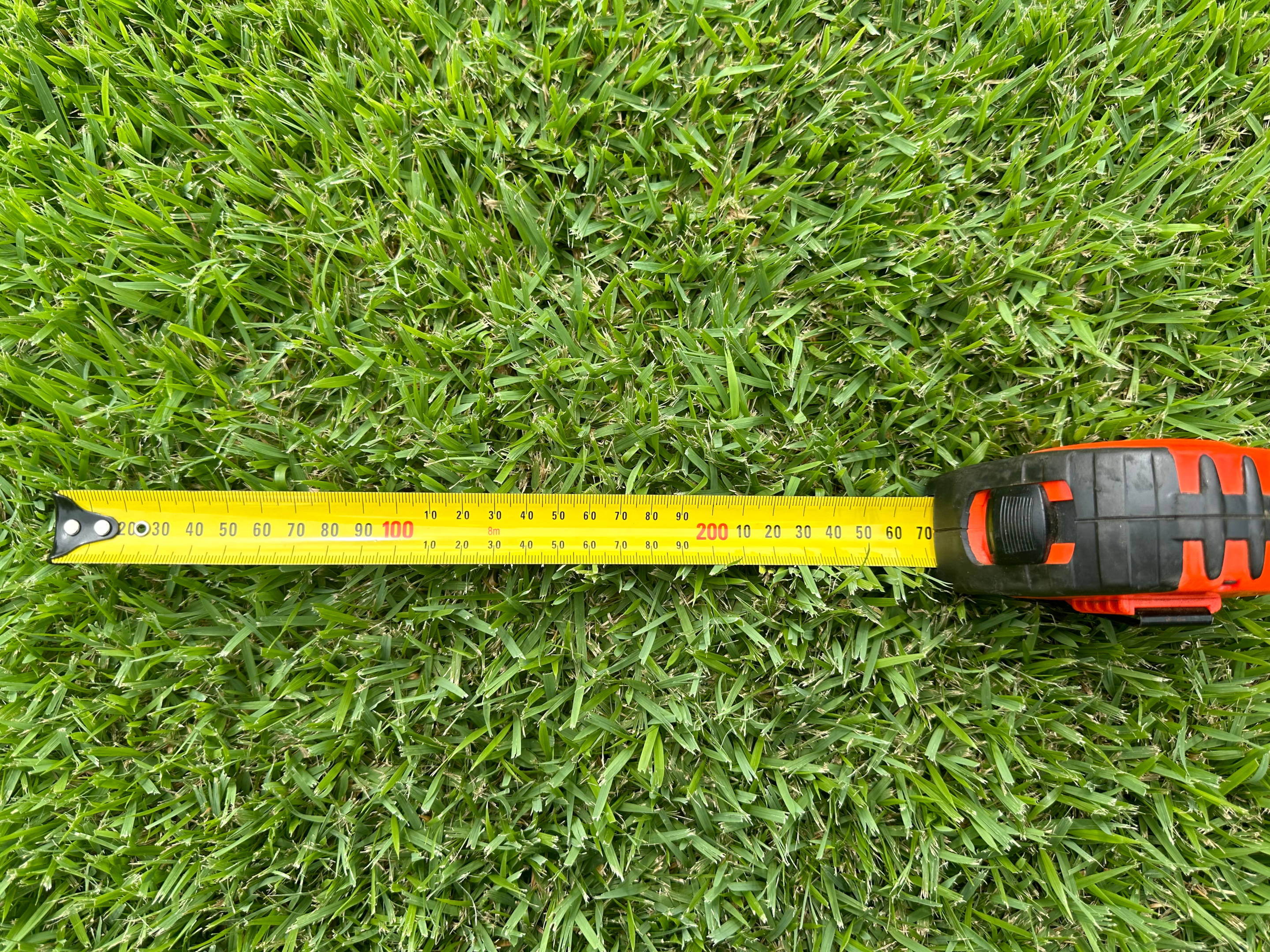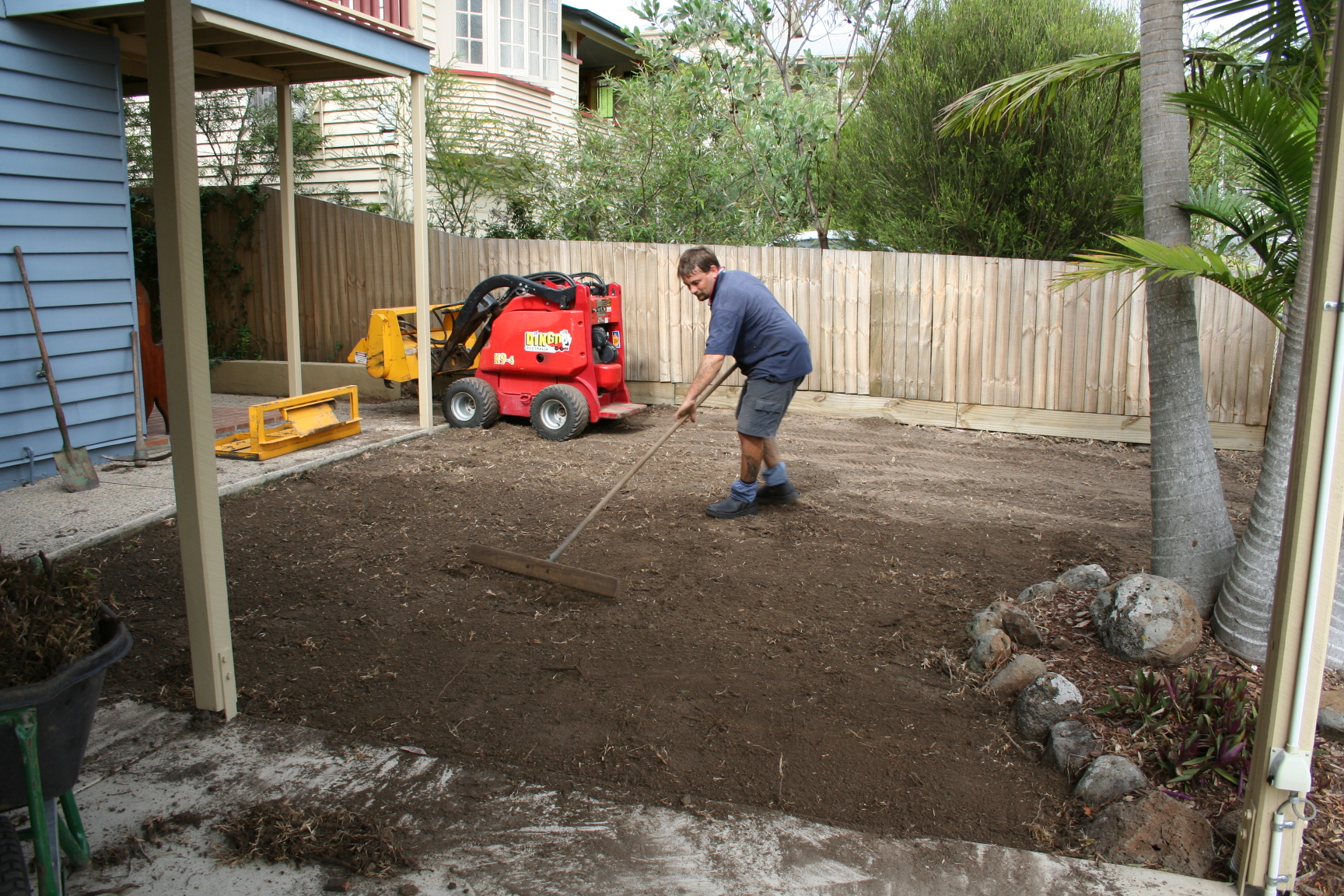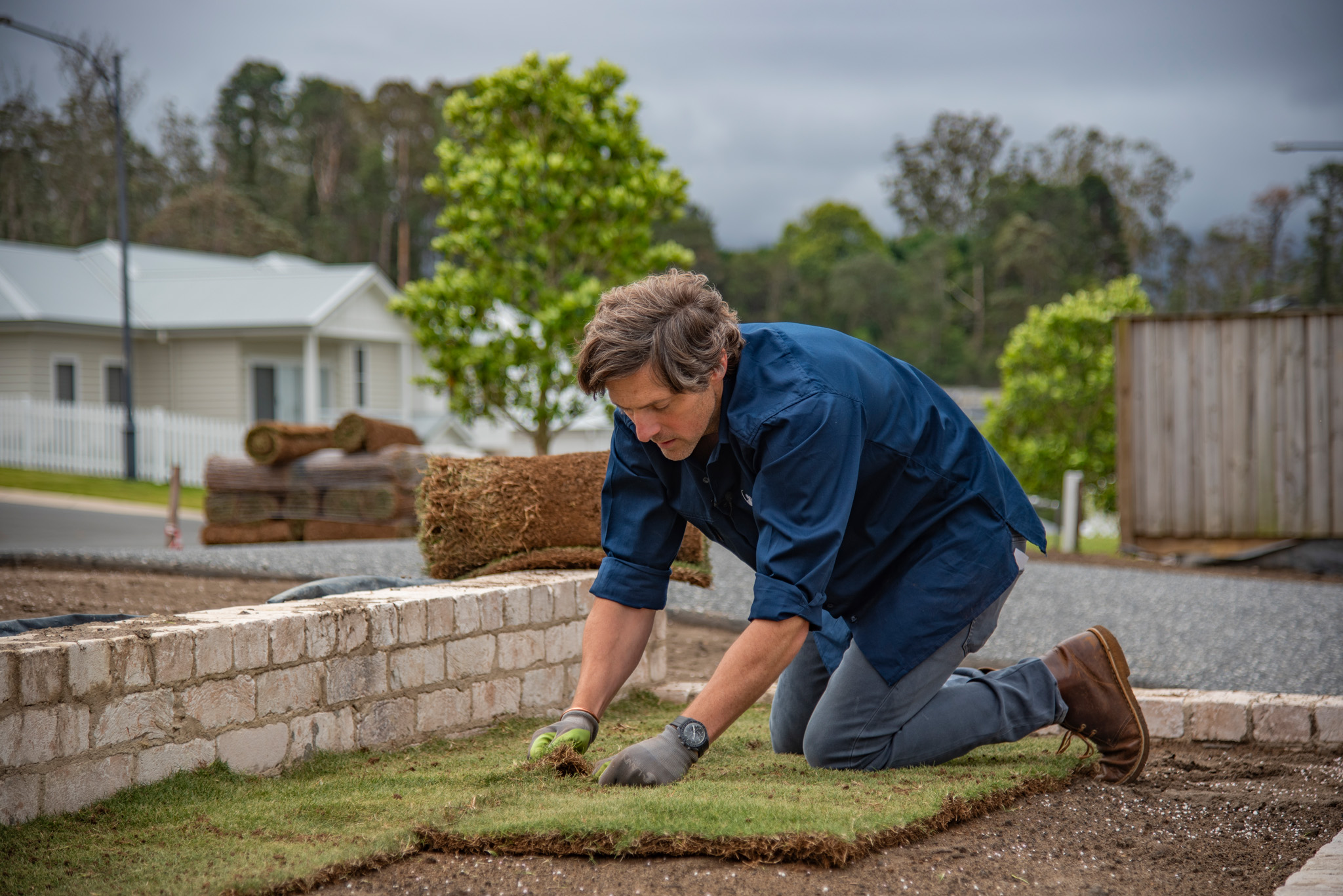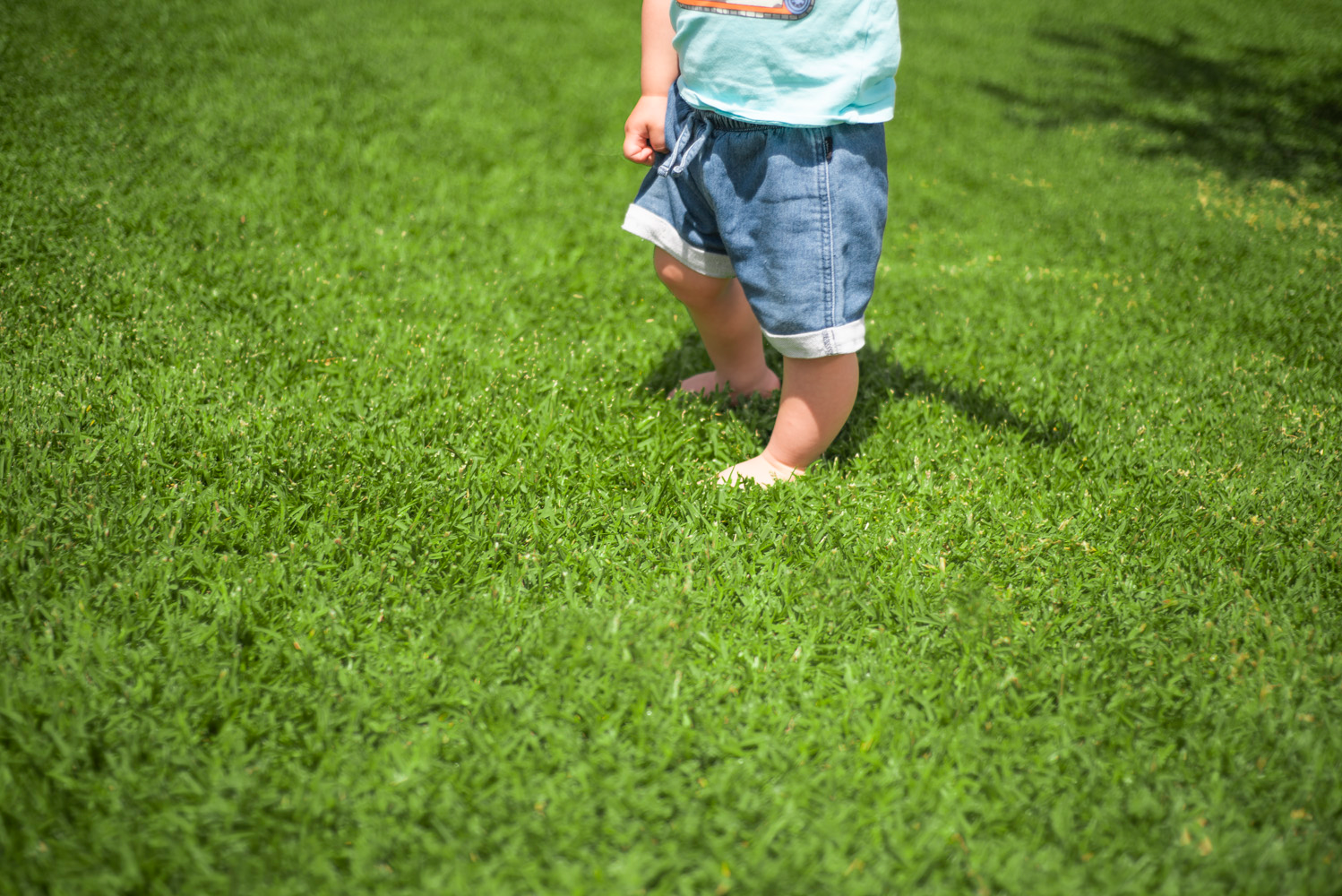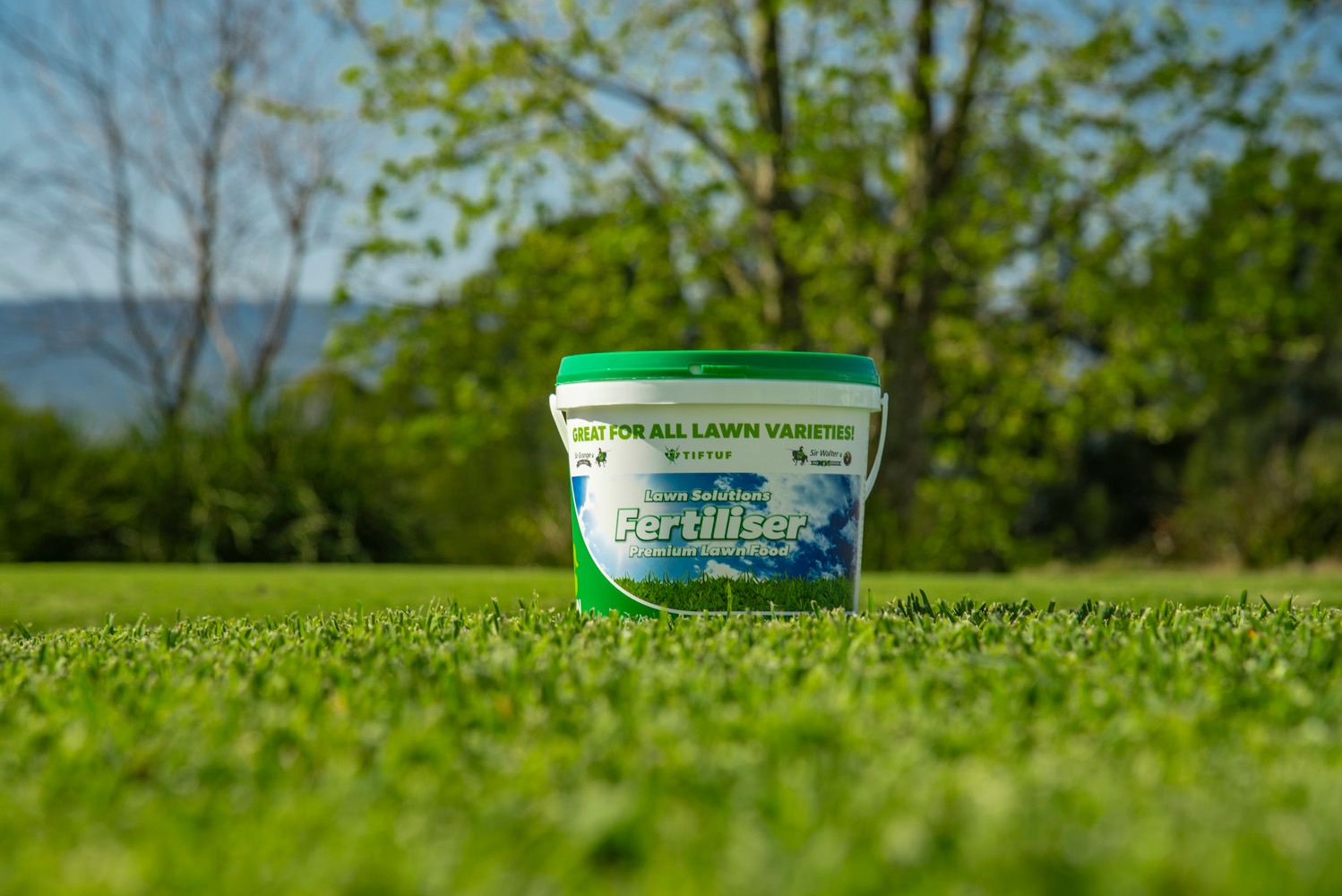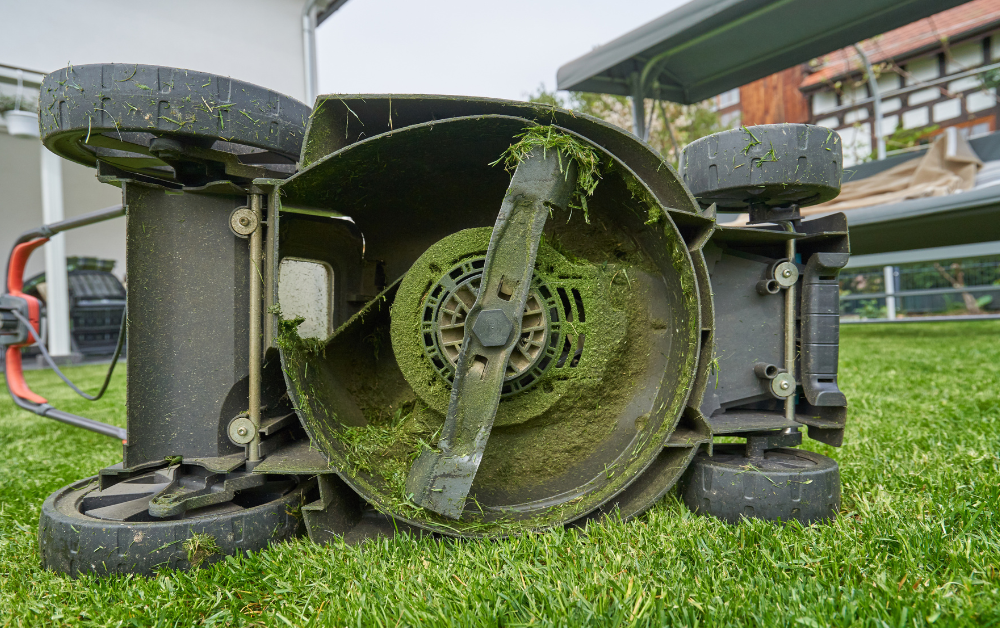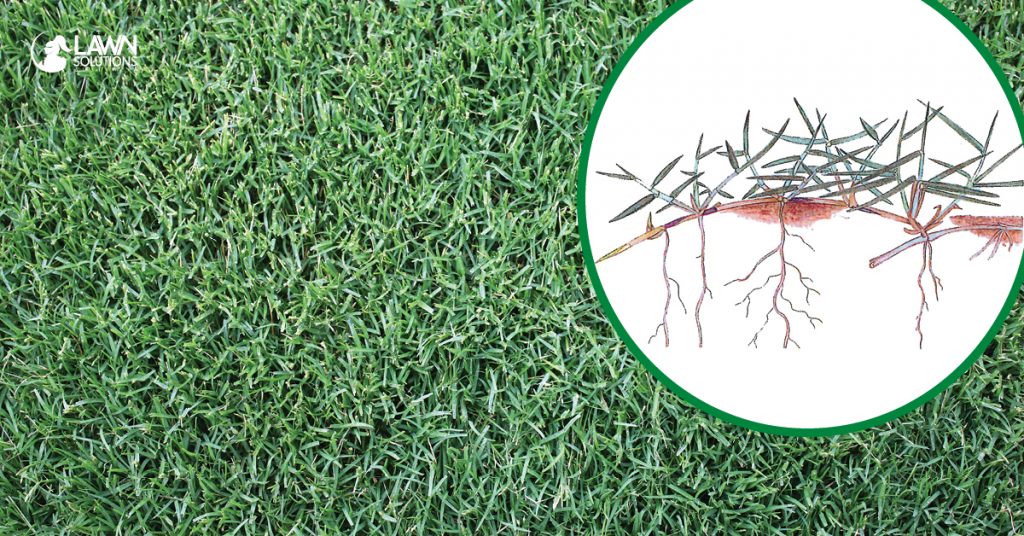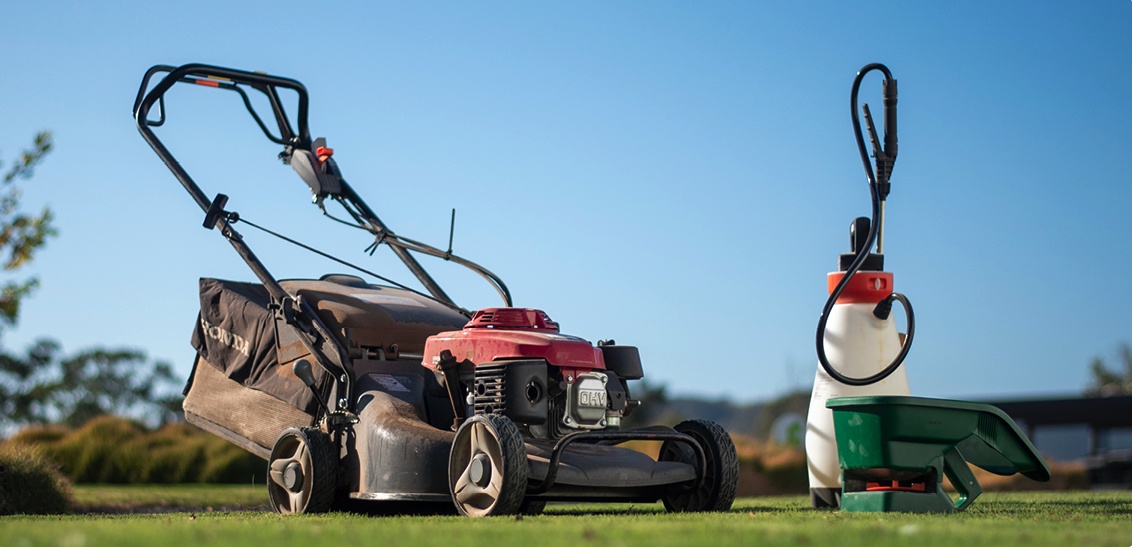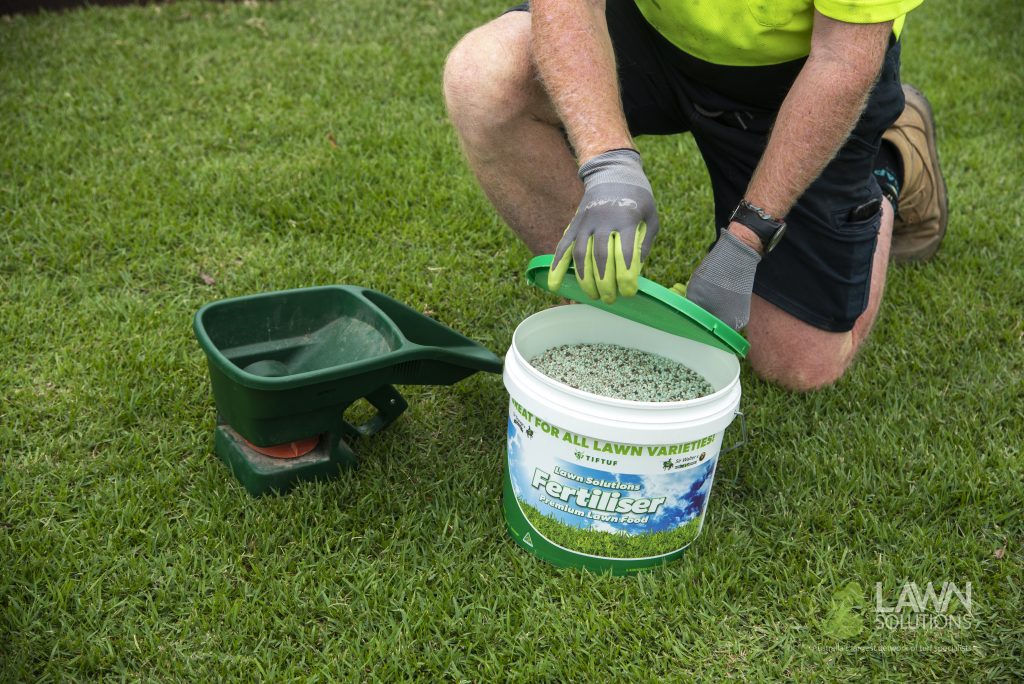When and How to Aerate a Lawn
A lush and vibrant lawn is a source of pride for many homeowners, but achieving that vibrant green carpet requires a little extra care. One of the most beneficial practices for maintaining a healthy lawn is aeration. In this blog, we will delve into when and how to aerate your lawn, covering both DIY and hand aeration methods.

What is Lawn Aeration?
Lawn aeration is the process of perforating the soil with holes to allow air, water, and nutrients to penetrate the grassroots more effectively. Lawn aeration helps alleviating soil compaction and enhancing the grass’s access to vital resources. By aerating your lawn, you can significantly improve its health and promote robust grass growth, making it more resilient against pests and drought.

Why Should You Aerate Your Lawn?
Aerating your lawn comes with a multitude of benefits:
- Better Drainage: Aeration reduces water pooling by allowing water to penetrate deeper into the soil.
- Improved Root Development: With the soil loosened, roots can spread more freely, leading to healthier grass.
- Enhanced Nutrient Uptake: Healthy soil translates to better absorption of fertilizers and nutrients.
You might notice signs that indicate your lawn could use some aeration, such as compacted soil, thinning grass, or areas where water collects on the surface.
When is the Best Time to Aerate Your Lawn?
The ideal times for aerating your lawn are in the spring or fall. This seasonal timing aligns with your lawn’s growth cycle and gives the grass time to recover. To determine the best time, consider your climate and local conditions; in cooler areas, fall aeration is often more beneficial, while warmer regions may find spring to be the optimal time.
How Often Should You Aerate Your Lawn?
Aeration frequency largely depends on your soil type and how much traffic your lawn sees. Generally, lawns benefit from aeration once a year, but heavily trafficked areas may need more frequent attention.

How to Aerate Your Lawn: Step-by-Step Guide
Assess Your Lawn
Before aerating, evaluate whether your lawn truly needs it. Check for soil compaction and signs of stress in your grass.
Choose the Right Aeration Tool
There are different types of aerators to choose from:
- Core Aerators: These remove plugs of soil and are generally more effective.
- Spike Aerators: These simply poke holes in the ground but don’t remove any soil.
You can select between manual and powered versions based on your lawn size and budget.

Prepare the Lawn for Aeration
To prepare your lawn, mow it down to a shorter height and water it a day before aeration. Clearing away debris will help ensure the aerator works effectively.

How to Aerate a Lawn Yourself
Using a Mechanical Aerator
- Rent the Aerator: Find a local equipment rental service and rent a mechanical aerator.
- Aerate Your Lawn: Follow its operation guide, ensuring that you cover all areas and make overlapping passes.
- Cost Consideration: Renting typically costs around $30 to $50 per day, depending on the model.

Post-Aeration Lawn Care: After aerating, consider applying fertilizer or overseeding to boost recovery and health. Ensure you water your lawn adequately afterwards to support new growth.
How to Aerate a Lawn by Hand
For smaller lawns or those on a budget, hand aeration is an excellent alternative.
Tools for Hand Aeration
- Manual Core Aerator: This tool removes plugs of soil.
- Sharp Garden Fork: Can be used to poke holes into the soil. Simply insert the fork and punch holes into the ground.

Common Mistakes to Avoid When Aerating
To get the best results from your aeration, be sure to:
- Aerate at the right time of the year – avoid extremes of weather.
- Water the lawn after aeration to help the soil settle and nutrients penetrate.
- Use the right tools suited to your yard’s condition and size.

Conclusion
Aerating your lawn is a simple, yet crucial step in maintaining its health and vibrancy. By understanding when and how to aerate, along with choosing the best method for your specific lawn needs, you’ll be well on your way to achieving that lush, green lawn you desire. Happy gardening!
Always remember to reach out to our super friendly and helpful staff!! We are more than happy to guide you in the right direction to aerating your lawn!
